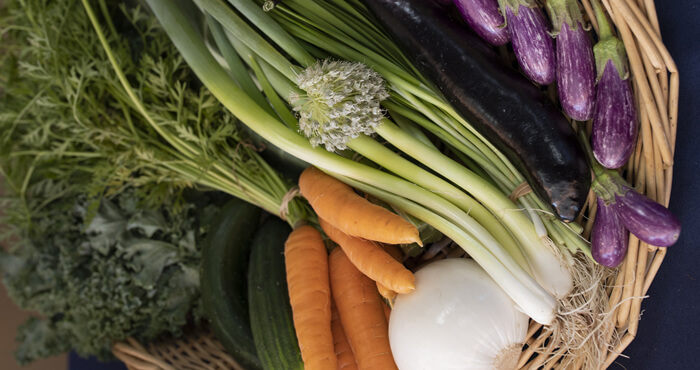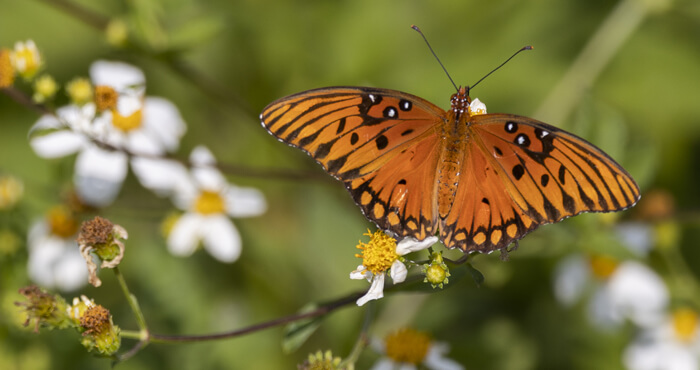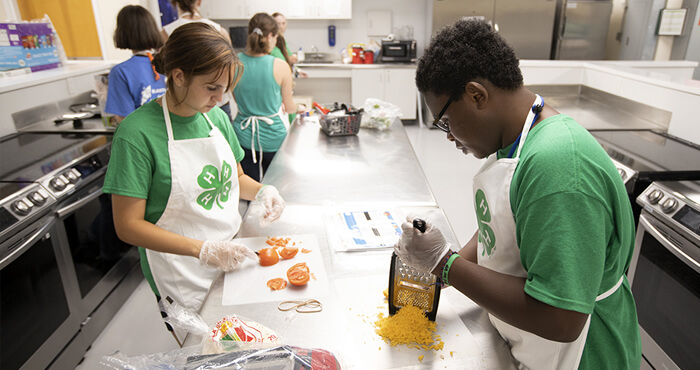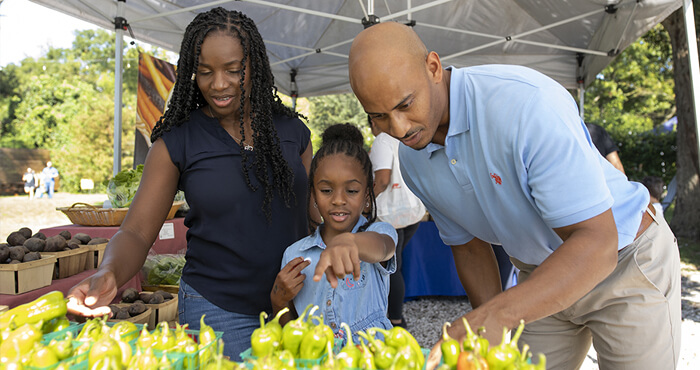
Homemade Potting Mix
Commercial pre-packaged potting soils are widely available at nursery and garden supply stores, but you can also make your own potting mix at home. Making your own mix allows you to control the types and proportions of ingredients to customize your potting mix to meet your needs.
Gardeners use various potting mixtures for seedlings, transplants, and container plants. These mixtures combine a variety of ingredients to provide a good growing environment for plant roots.
INGREDIENTS
A good potting mix should:
- Be dense enough to support the plant.
- Hold nutrients well.
- Allow for air exchange and water flow while retaining moisture.
- Be free of pathogens and weed seed.
Potting mediums must meet plant root requirements for air, water, nutrients, and support, which vary for different plants and growth stages. Different potting mixes are defined by the amount and ingredients they are composed of. Many mix types contain similar ingredients with varying amounts.
Soil
Soilless mixtures are common due to density and disease concerns. Some organic blends still use soil. Clean topsoil or garden soil can be used and should be sterilized to kill disease organisms and weeds. Spread soil in a tray and bake at 200º F for twenty minutes, stirring every five minutes.
Sand
Sand adds air space to a potting mix. Builder’s sand, or coarse sand, is best. Avoid plaster and fine sands; they create a dense mix. Because it is heavier than other ingredients, sand is a good choice for top-heavy plants that might tip over.
Compost
Compost is cheaper than traditional ingredients, holds water well, provides nutrients, and can be produced at home. The nutrient quality of compost will depend on the quality of the materials that were composted.
Pine Bark
Pine bark creates a light potting mix with air space but low water holding capability. It degrades slowly and is a good component for mixes for potted ornamentals. If the pine bark is ground fine enough, it may be partially substituted for peat moss. Make sure that it has gone through the aging process before use.
Sphagnum Moss & Peat
Peat moss is the most common ingredient for soilless mixes because it is widely available and inexpensive. Peat moss decomposes slowly and holds large amounts of water; however, it has a high acidity. Lime is usually added to mixes to balance the pH.
Coir
Coir, a by-product of the coconut industry, looks like sphagnum moss, but is a tubular fiber, doesn’t contain twigs or sticks, and is more expensive. Coir typically is packaged as a compressed brick that will expand when wetted. It is important to note that coir may require less potassium and increased nitrogen supplementation. There is also the chance of salt damage since salt water is used in its processing but can be washed prior to use to minimize problems.
Perlite
Perlite is a sterile and pH-neutral lightweight volcanic rock. It increases air space, improves water drainage, and is a good lightweight replacement for sand.
Vermiculite
Vermiculite is another lightweight addition to potting mixes. Handle it gently; if it’s handled roughly, it compacts and loses its air-holding ability. Medium grade is suitable for seedlings, while coarse grade is better for a soil mix for older plants.
RECIPES
When making your own potting mix, working from a recipe is a good idea to start. Once you begin experimenting with your own blends, try small test batches to evaluate the mix’s quality. See the recipes below to get started making your own potting mixes.
Foliage Plants
- 2 parts peat; 1 part perlite; 1 part coarse sand
OR
- 1 part peat; 1 part pine bark; 1 part coarse sand
Succulents
- 2 parts soil; 1 part peat moss; 1 part perlite; 1 part coarse sand
Bromeliads
- 1 part peat; 1 part bark; 1 part coarse sand
Seedlings
- 2 parts compost; 2 parts peat moss; 1 part vermiculite (pre-wet)
Soil-Based Mix
This mix is heavier than peat-based mixes, but it has good drainage. Vermiculite or perlite can be used for sand.
- 1/3 compost; 1/3 topsoil; 1/3 sand
Blocking Mix
This mixture is for use as soil blocks for seedling/transplant growing. Mix all ingredients together thoroughly. Ingredients can be measured with a standard 10-quart bucket.
- 30 quarts brown peat
- 20 quarts sand or perlite
- 20 quarts compost
- 10 quarts soil
- 3 cups base fertilizer (equal parts blood meal, colloidal phosphate, greensand)
- ½ cup lime
Resources
Other UF/IFAS Sites
- Gardening Solutions
- Entomology and Nematology Department
- Environmental Horticulture Department
- FAWN: Florida Automated Weather Network
- Florida-Friendly Landscaping™ Program
- Florida Master Gardener Program
- IPM Florida
- Pesticide Information Office
UF/IFAS Publications
- Florida-Friendly Landscaping™ Program
- Central Florida Gardening and Landscaping Fact Sheets
- Starting a Garden
State & Federal Agencies
- Florida Department of Agriculture and Consumer Services (FDACS)
- Florida Department of Environmental Protection (FDEP)
- Florida Energy Systems Consortium (FESC)
- U.S. Environmental Protection Agency (EPA)
- USDA Plant Hardiness Zone Map--U.S. National Arboretum
Organizations & Associations
- American Community Gardening Association
- American Horticultural Society
- Florida Native Plant Society
- Florida Nursery, Growers and Landscape Association (FNGLA)
- North American Native Plant Society
Other Sites & Publications
UF/IFAS Mobile Web Apps



.jpg)

.jpg)
